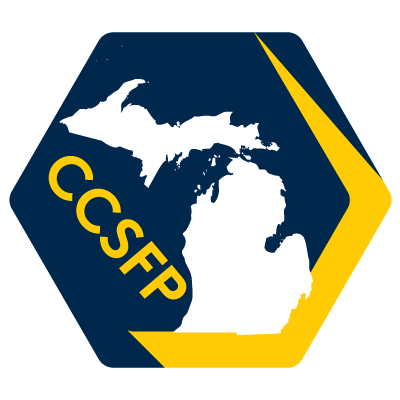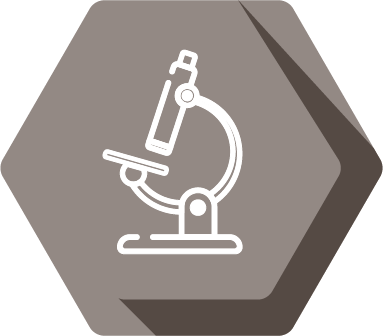Preti Chowdhury

Pronouns: She/Her/Hers
UROP Fellowship: CCSFP, Schoolcraft College
Research Mentor(s): Kevin Bakker, PhD
Research Mentor Institution/Department: School of Public Health, Department of Epidemiology
Presentation Date: Wednesday, August 4th
Session: Session 3 (5pm-6:20pm EDT)
Breakout Room: Room 3
Presenter: 2
Abstract
The COVID-19 pandemic has had a tremendous influence on our daily life over the last year, creating significant issues. Clinical testing was initially unavailable and then quite limited, which limited our capacity to interpret the full scale of the pandemic. Wastewater-based epidemiology, which can surveil viral burden of communities through wastewater treatment plants, emerged as a viable option to identify the SARS-CoV-2 burden in a given community. Our team is a member of a research consortium that samples more than 100 sites across the state of Michigan to understand COVID-19 transmission dynamics. Our group at the University of Michigan uses ddPCR technology to quantify SARS-CoV-2 genes in wastewater samples from 4 of these locations, including Ann Arbor, Ypsilanti, Jackson, and Flint. The primary goal of this research is to identify trends in SARS-CoV-2 concentrations before they can be identified by clinical testing, which typically takes 1-2 following infection to be diagnosed. This additional lead time provides public health officials with more time to respond to changes in transmission in their communities. Such responses, by our partners at the local health departments and the Michigan Department of Health and Human Services, may include altering mask, quarantine, distancing, closure, and other policies related to reducing transmission at either local (community) or state-wide scales. In this research, we processed daily wastewater samples from our 4 sampling locations by first extracting and concentrating the sample, then running it on ddPCR to quantify two SARS-CoV-2 genes (N1 & N2). This resulted in an understanding of the community burden of SARS-CoV-2 in our communities. Our findings correctly suggest that SARS-CoV-2 is lower than it was a year ago, however we have recently seen a spike in concentrations, likely due to the delta variant arriving in Michigan. Our dashboard, which is still being built, visualizes all samples processed to date.
Authors: Preti Chowdhury and Kevin Bakker
Research Method: Laboratory Research
https://dpr3.shinyapps.io/SARS-CoV-2_WW_Dash1/







